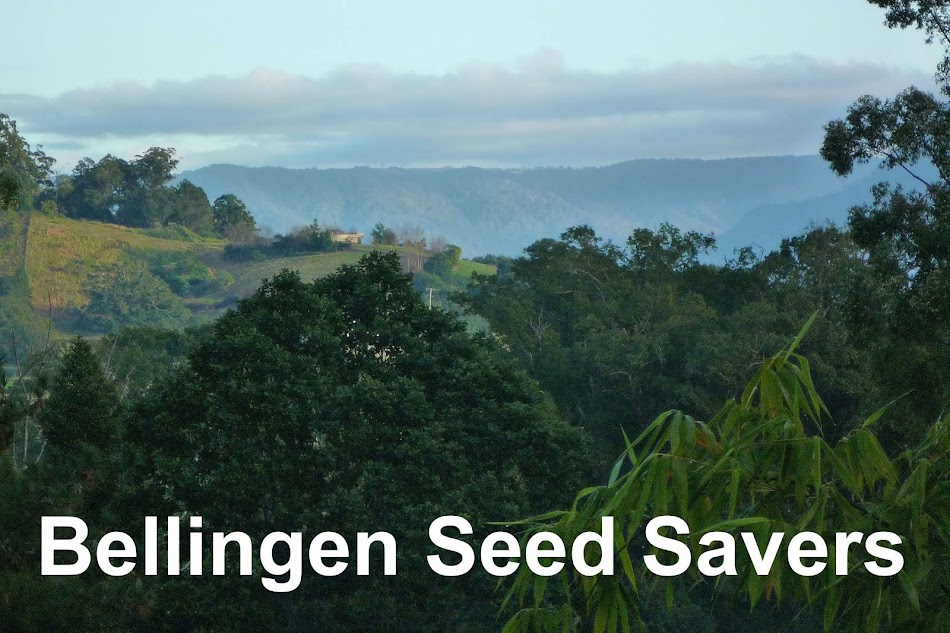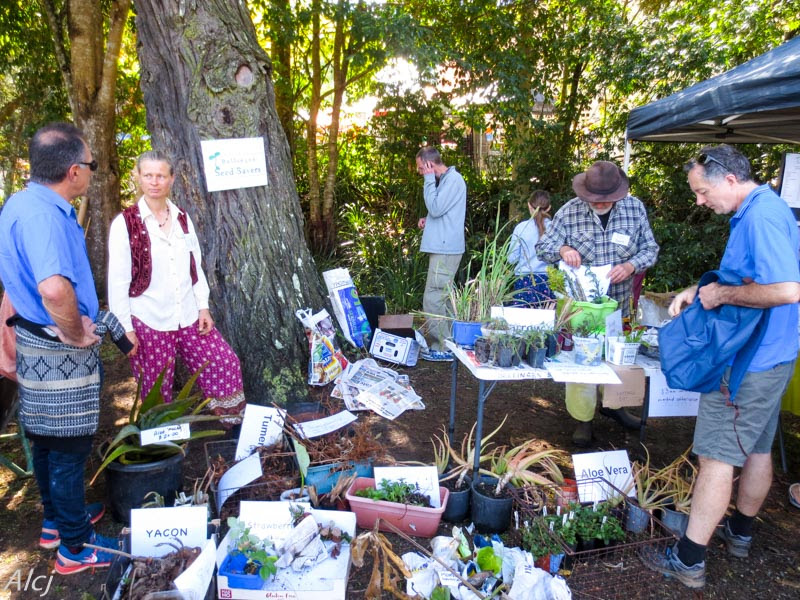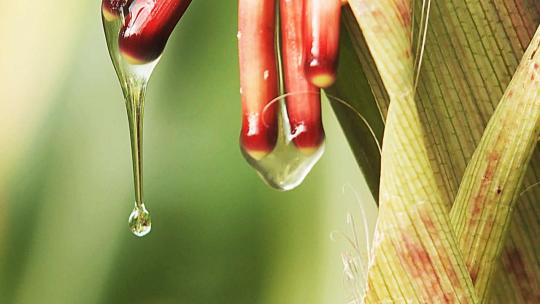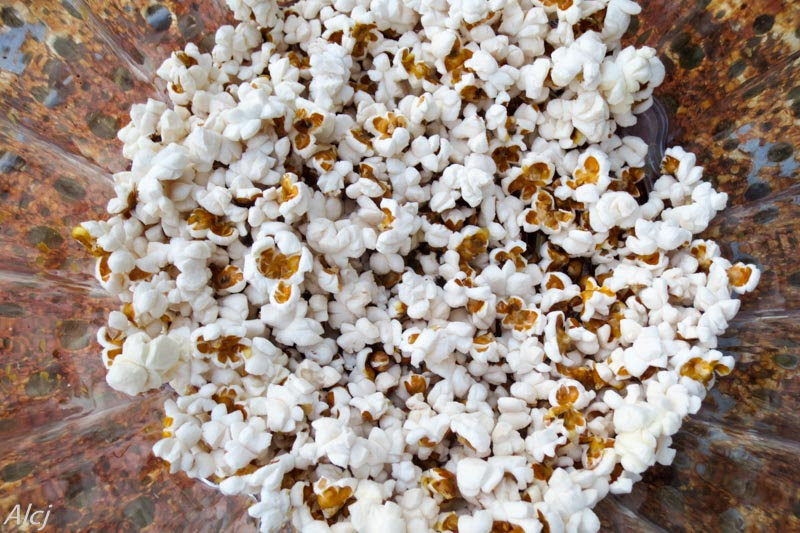Coffee Flour™ is…

"…An agricultural innovation with the potential to do some really great things for the world. And we don’t just mean the food world.
Each year the billions of coffee beans that
eventually make their way into the Americanos, lattes, and no-foam,
extra-hot, triple-shot cappuccinos of the world are harvested by milling
and extracting them from the coffee plant. The surrounding fruit, is
discarded. It often gets dumped into rivers or left to rot in heaps. So
we invented something better to do with it. Something that’s better for
everyone."
Read the full article on http://www.coffeeflour.com/
Also read about
Read the full article on http://www.coffeeflour.com/
Also read about
 |
| Drying coffee beans at home |












































